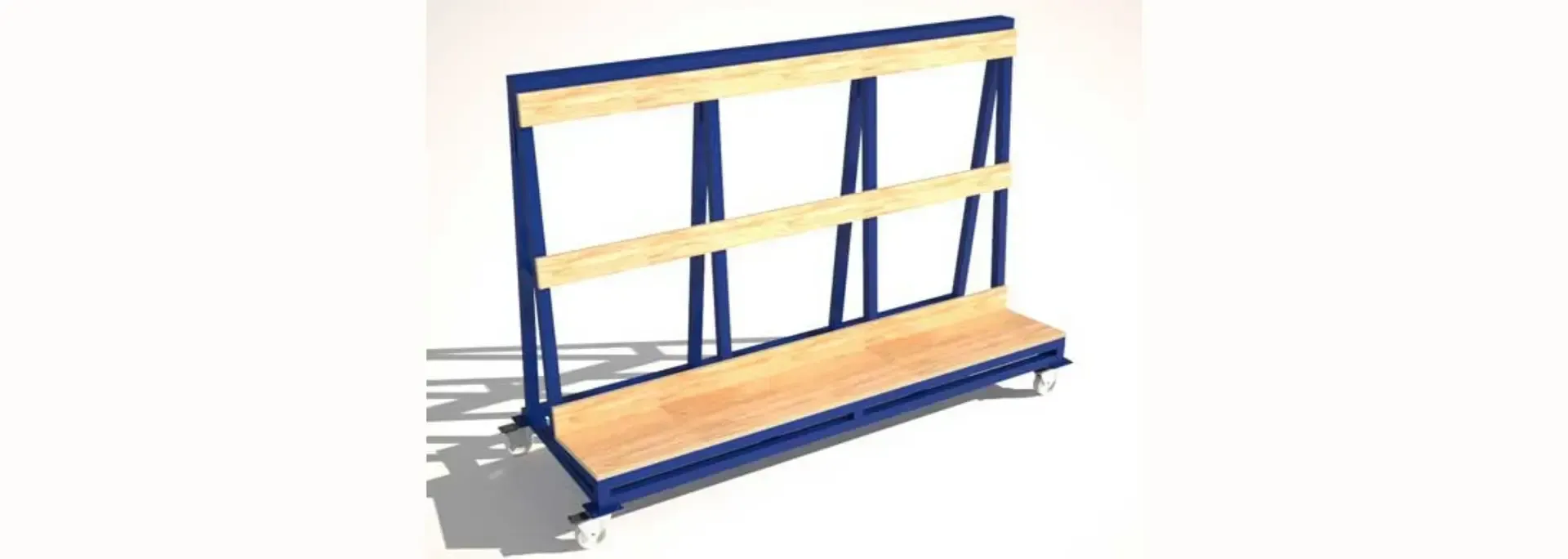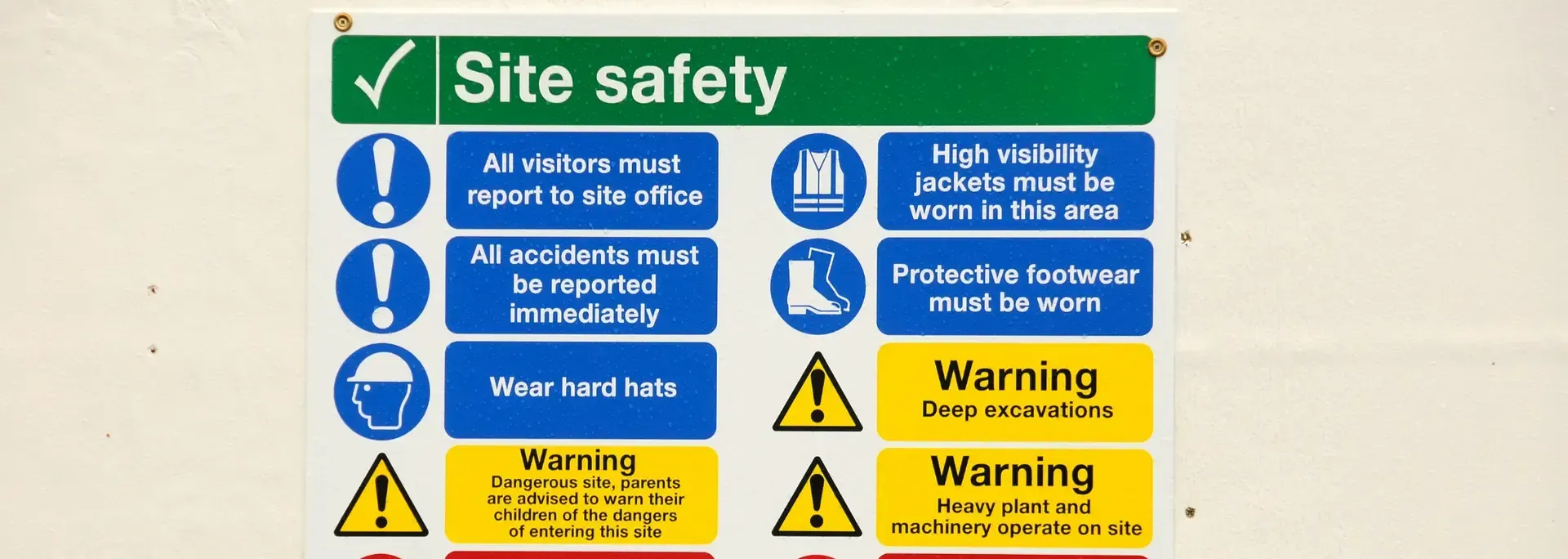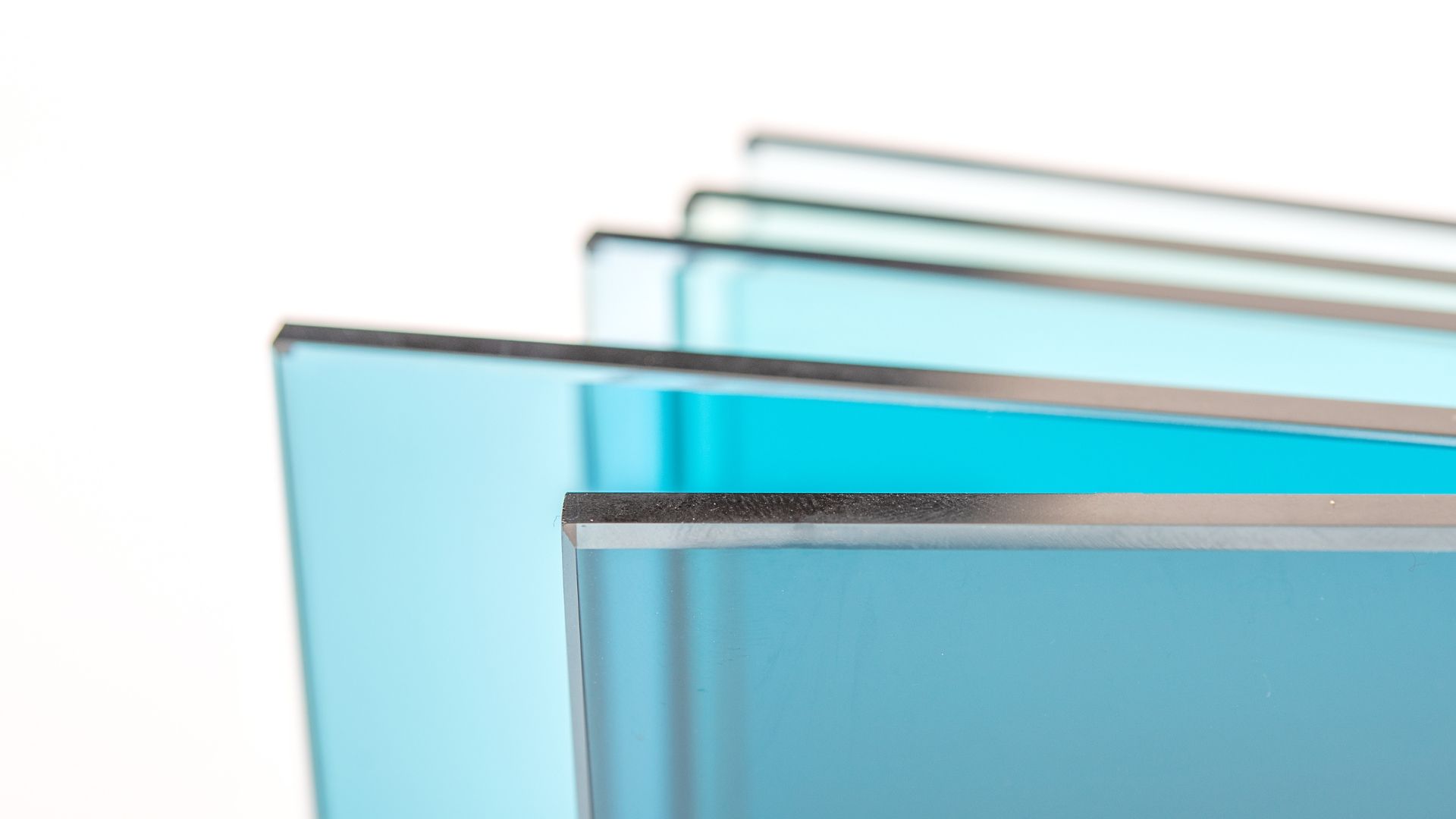How is glass transported?
Share this blog:
How does a glass supplier get its materials from A to B without anything getting broken? Get the lowdown in our handy 5-minute explainer article.

At first glance, "How is glass transported?" is a head-scratcher. To the uninitiated, it could sound like a fiendish round of Taskmaster or a riddle along the lines of "How does the snowplough driver get to work?"
Even so, tonnes of glass get transported every day, up and down the country and all across the world.
Of course, some glass is hard to break. Like, really hard to break. The laminated glass used in your windscreen isn't going to shatter in transit unless a passing mob starts smashing it with hammers. Yes, it still needs careful handling (you don't want it to arrive with any blemishes), but it doesn't present the same level of logistical complexity as your run-of-the-mill, off-the-shelf, easy-to-shatter annealed glass.
So how is it done? We've got one word for you: carefully. But taking care when transporting glass isn't just a case of paying attention to avoid getting a cut or dropping a pane in the warehouse. It involves packaging and loading techniques that keep the glass intact over long distances.
The art of packaging
As anyone who's had a large parcel shoved through their letterbox will know, poor packaging is up there with YouTube ads and train delays in the annoyance stakes. If you want to keep the customer satisfied, you need to take steps to ensure that the materials are packaged correctly.
This is a three-step process. First, any sharp edges need to be softened with masking tape. The person responsible should wear safety gloves and avoid touching the edges even when they're taped up. It can also be advisable to apply tape in X shapes across the glass. If the worst happens and the glass shatters, this will prevent you from having a van floor covered in smithereens.
Next, you should place corner and edge protection blocks on the glass. These can be manufactured from cardboard, foam or plastic. If you've not seen them before, imagine the protectors you get when a TV comes in its box.
An alternative would be to wrap the glass in foam sheeting and tape it into place. Your number one priority is to stop it from sliding around. Once sheeted, you want to add another layer of protection in the form of corrugated cardboard. Smaller panes can be sandwiched in cardboard without the foam layer.
Once this has been done, it's time to load your materials.
Time to load
Your glass is now packed up and ready to be loaded into the van. Simply hoicking it over your shoulder is likely to lead to a Chaplinesque disaster and an awkward meeting with your line manager.
Your best bet is to use a dolly. Specialised versions exist that are built specifically for the transportation of glass.
If you don't have a dolly, you can lift and load purely manually – but, as with any manual job, this involves paying close attention to workplace regulations and health and safety procedures.
Whichever method you use, there are two important things to remember. First, you need to be wearing the appropriate safety gear. And second, you should always lift from the bottom and keep the glass upright when moving it onto the dolly or into the van.
Keeping safe in transit
There are two main ways to keep glass secure in transit. The first is to use a "stillage". The second is to brace the glass into place.
A stillage is a cross between a pallet and a cage. Typically made of steel, it has a base and sides to contain your goods. This has two benefits: it adds an extra layer of protection to the materials and it reduces the number of objects that need to be loaded and unloaded.

Stillages are highly useful but not essential. You can store your sheets at an angle and strap them into place instead.
Whenever possible, glass should be transported upright. This allows you to transport more materials in one go. But if it's just not possible, you can place the sheets flat on the surface of the vehicle, bracing them tightly into place.
Gear list
Any glass supplier or courier worth its salt will have the right gear for the job. That means workwear designed to keep you safe: safety gloves, work boots, safety glasses, a helmet and a hi-vis jacket. These aren't add-ons – they should be a key part of any supplier's inventory.
Why does it matter?
There was a time when safety was a secondary concern in the workplace. Today, it's front and centre. Glass needs to be transported safely to meet health and safety legislation. This exists to protect workers from injuries.

But this is just one reason to take care when transporting glass. There's also your bottom line to consider. Any breakage or even blemish is going to cost you – and given the distances that glass can sometimes travel from warehouse to customer, costs can quickly rack up.
Good-quality packaging and loading also mean that you can get more materials into the van and save money on fuel.
Handling glass safely, then, is important for customers, staff and management. Cutting corners is going to cut into your reputation, your staff wellbeing and your profit margins.
Final thoughts
If you were pulled off the street and asked to get a shipment of glass from Portsmouth to Manchester using nothing but your own ingenuity, you might well end up pulling your hair out. Luckily, the industry is equipped for the safe handling and transportation of these essential materials.
At ToughGlaze, we process, cut and deliver glass – so we know a thing or two about transportation. You can count on us for a swift, effective service that puts your interests first.
ToughGlaze is one of the UK's leading
suppliers of toughened glass and laminated glass. Do you need high-quality, Kitemark-approved glass for a project?
Get in touch today for a quick, competitive quote.









